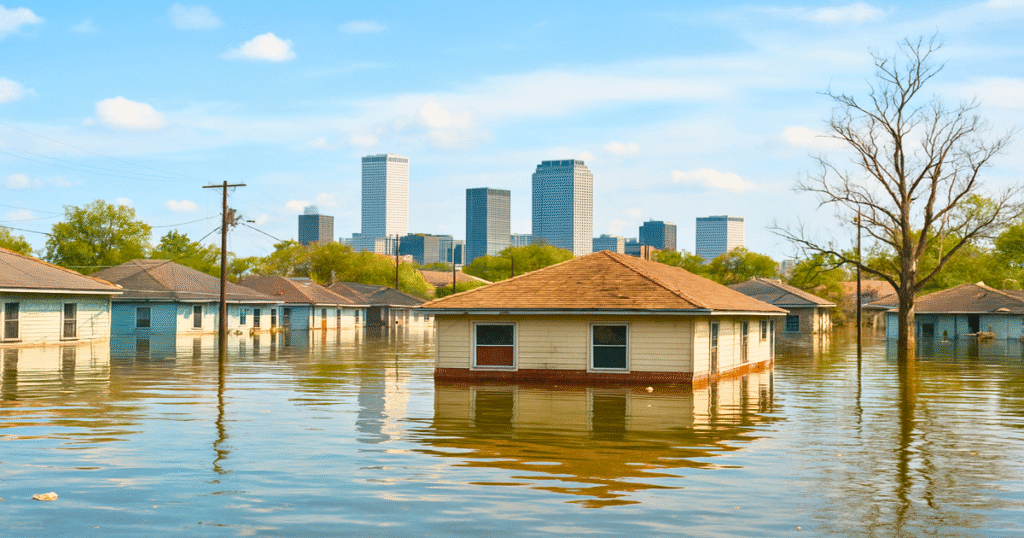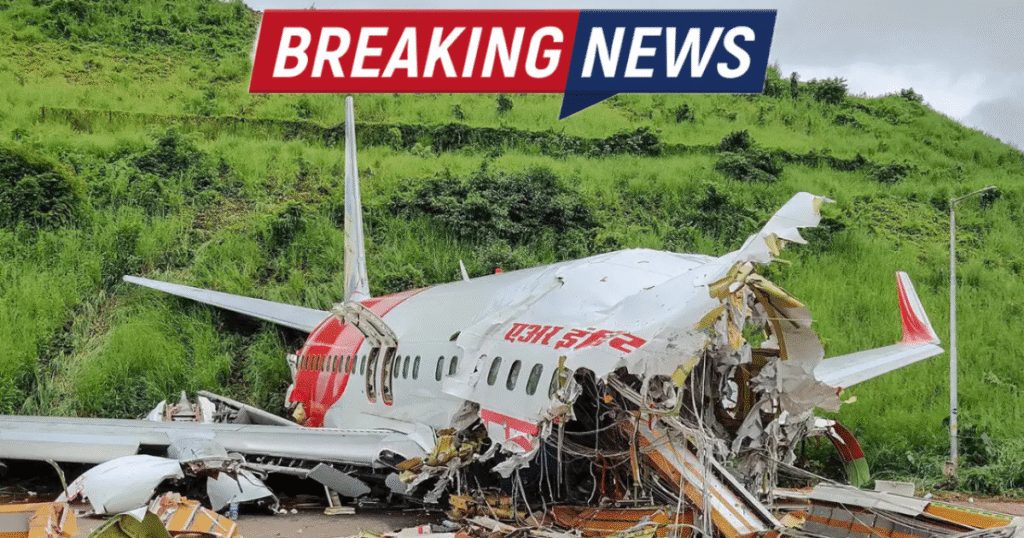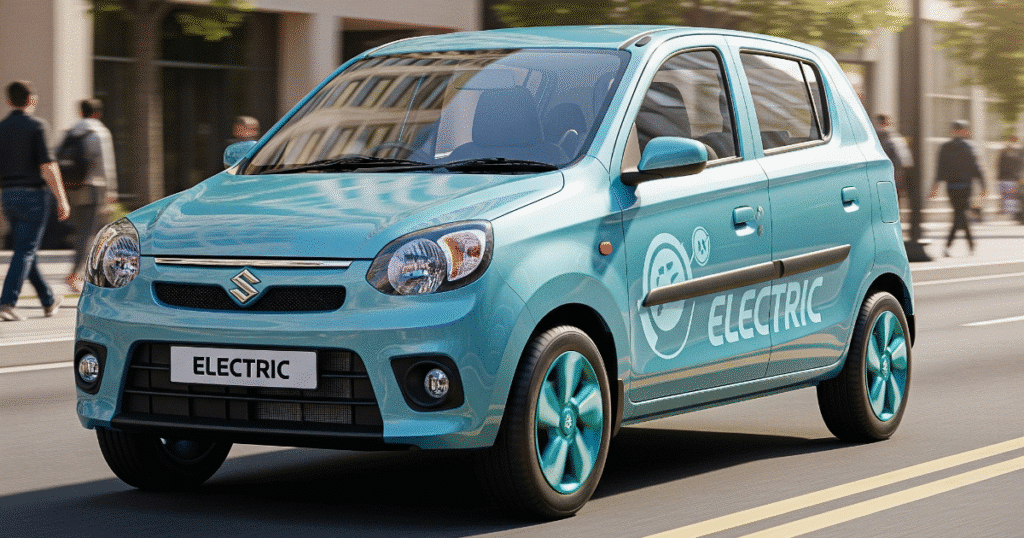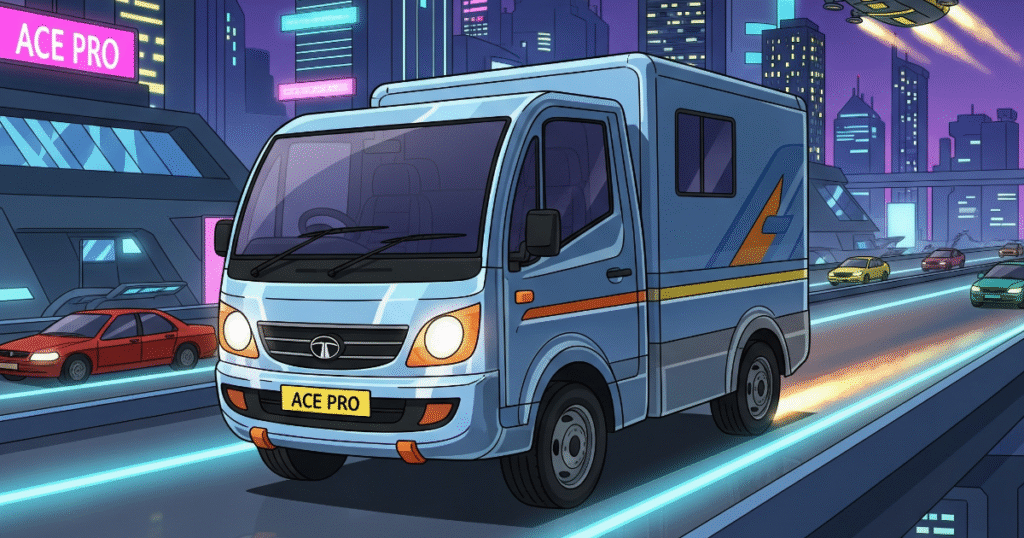
When Hurricane Katrina roared into the Gulf Coast on August 29, 2005, it was immediately clear that the United States was facing one of the worst natural disasters in its history. The storm’s winds ripped through cities, its storm surge swallowed coastal towns, and millions of people were forced from their homes. Yet, nearly 20 years later, what stands out most is not the power of the hurricane itself, but the human failures that magnified its destruction.
The Levees That Couldn’t Hold
New Orleans had long been known as a city at risk. With much of its land below sea level, it relied on a complex system of levees and floodwalls to hold back the water. But when Katrina struck, those defenses did not stand. More than 50 breaches occurred, sending walls of water rushing into neighborhoods. In a matter of hours, nearly 80 percent of the city was underwater.
Investigations later confirmed what many residents suspected—the levee system had serious flaws in both design and maintenance. The flooding, which killed hundreds and displaced thousands, was not simply the work of nature. It was, in large part, the result of decades of neglect and underinvestment in critical infrastructure.
A Response That Came Too Late
Equally devastating was the government’s response once the storm had passed. For days, the world watched images of stranded families waving from rooftops, elderly residents trapped without medicine, and tens of thousands crammed into the Superdome with little food or water.
The breakdown in coordination between local, state, and federal agencies left many to fend for themselves. The Federal Emergency Management Agency (FEMA) in particular came under harsh criticism for its lack of readiness and slow action. The failures weren’t just logistical—they were a betrayal of trust for those who believed help would come quickly in their hour of need.
Inequality in Full View
Katrina also pulled back the curtain on America’s social and racial divides. The storm’s most devastating effects fell on low-income, predominantly Black communities. Many residents lacked the means to evacuate before the hurricane, leaving them directly in the path of disaster.
What unfolded was not just a natural catastrophe, but a humanitarian crisis fueled by systemic inequality. For countless families, the storm didn’t just wash away homes and belongings—it stripped away any illusion that disaster preparedness was equal for all.
Hard Lessons, Heavy Costs
In the years since Katrina, billions have been spent on rebuilding and strengthening New Orleans’ flood defenses. FEMA has restructured its approach to disaster response, and city planners across the country have used the tragedy as a lesson in resilience.
But for survivors, the wounds remain deep. Many neighborhoods were permanently altered, and thousands of former residents never returned. To this day, the memory of Katrina is a reminder that the gravest danger in a disaster often comes not from the storm itself, but from human choices that fail to protect the most vulnerable.
Conclusion
Hurricane Katrina will always be remembered as one of America’s darkest chapters. Yet, its true tragedy wasn’t the force of wind or water—it was the collapse of systems that were supposed to safeguard lives. The disaster revealed a truth that still resonates: natural storms may be unavoidable, but the scale of human suffering they cause is often man-made.
Also Read: Russia’s Deadliest Attack on Kyiv Since Trump-Putin Summit Damages EU Building
Visit: Cheapest Sale

Hey I am Srimanta Pradhan brings 10 years of experience to News Broadcast and Marketing, specializing in effective communication.A specialized content writer with a decade of expertise crafting compelling narratives for News Broadcast and Marketing. Transforms complex information into engaging, impactful content.




















